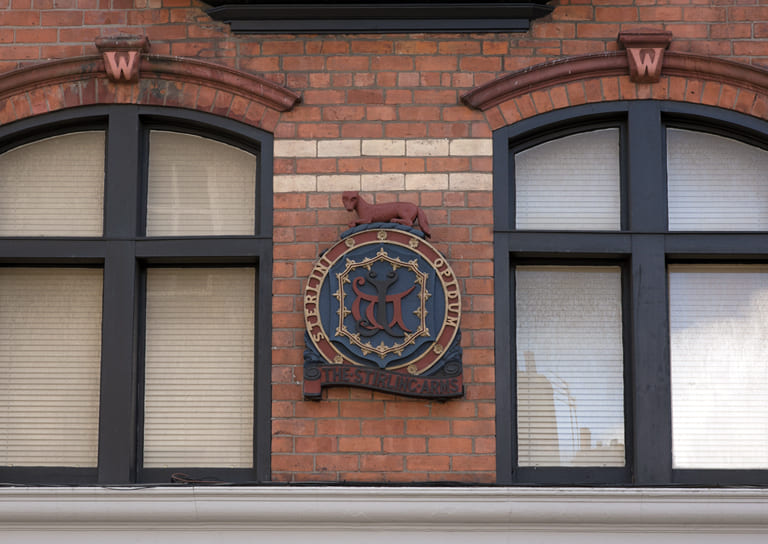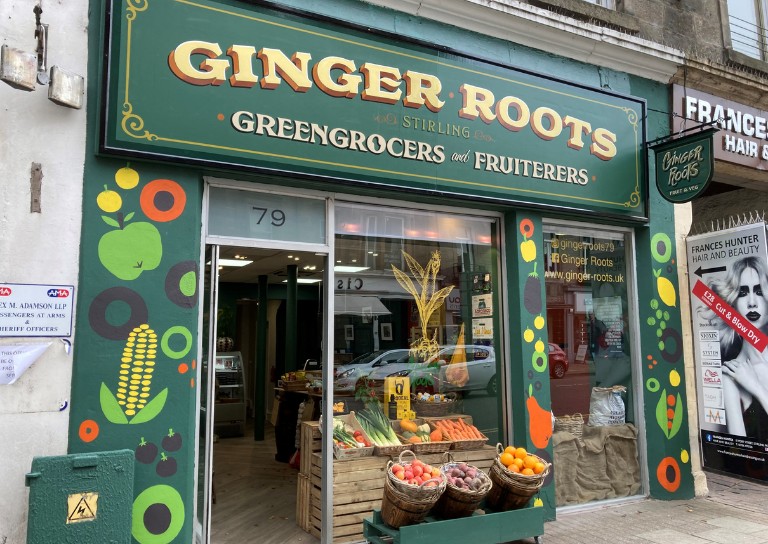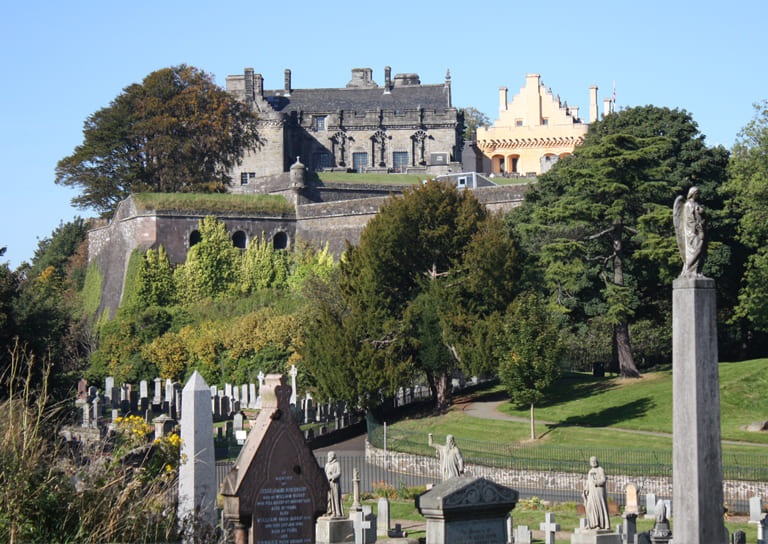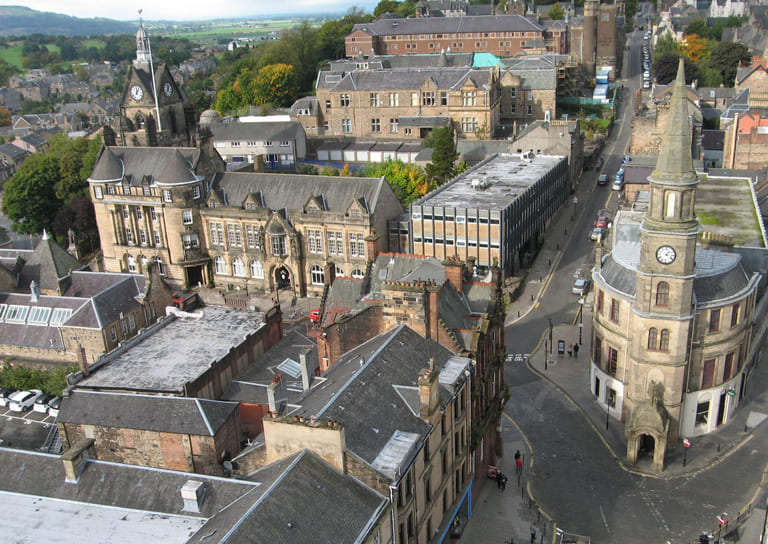- Home
- Our Work

- Stirling's Story
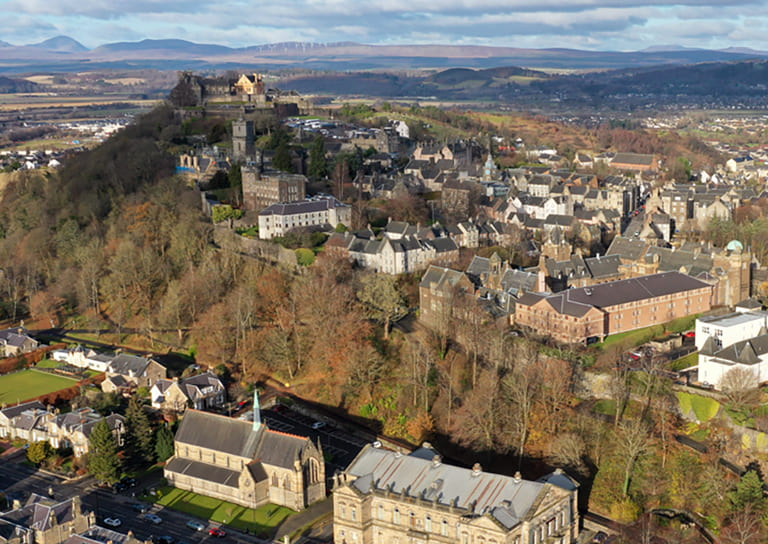
- Blog
- Women in Construction at Bannockburn House

- Avenues to the Past: Stirling’s Historic Streets Exhibition
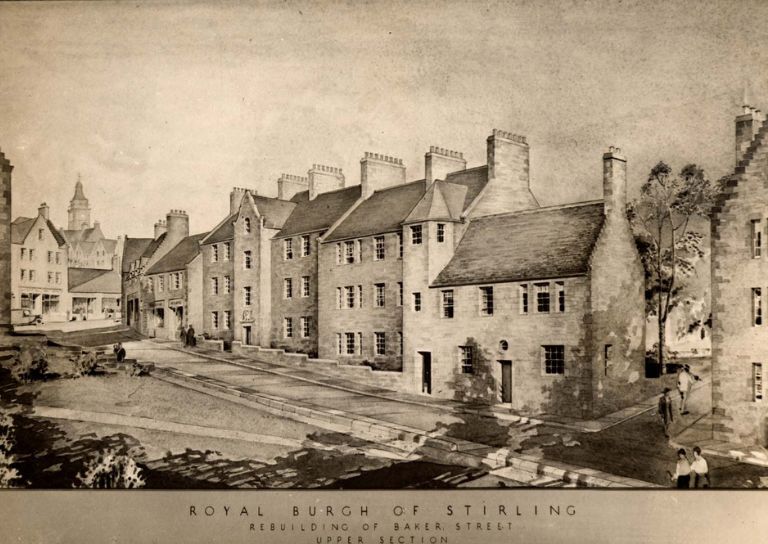
- Stirling Business Awards 2025

- What is a Conservation Area

- 20 Great Buildings of Stirling
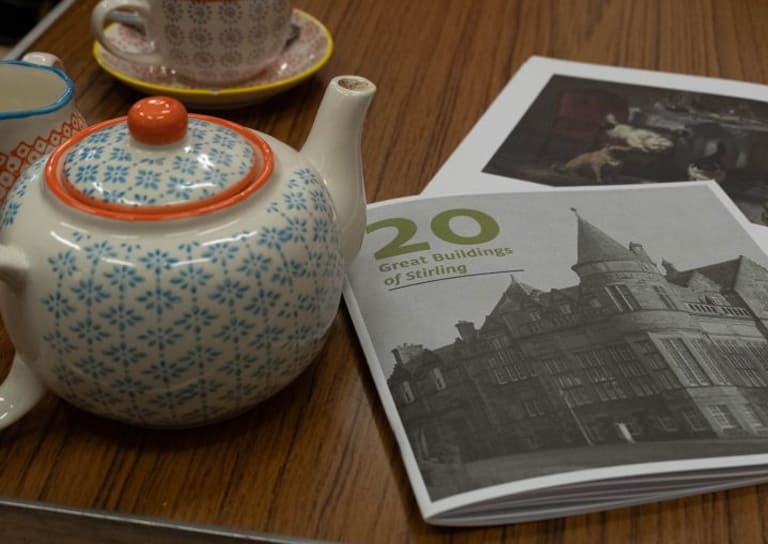
- Reminiscence Art Project
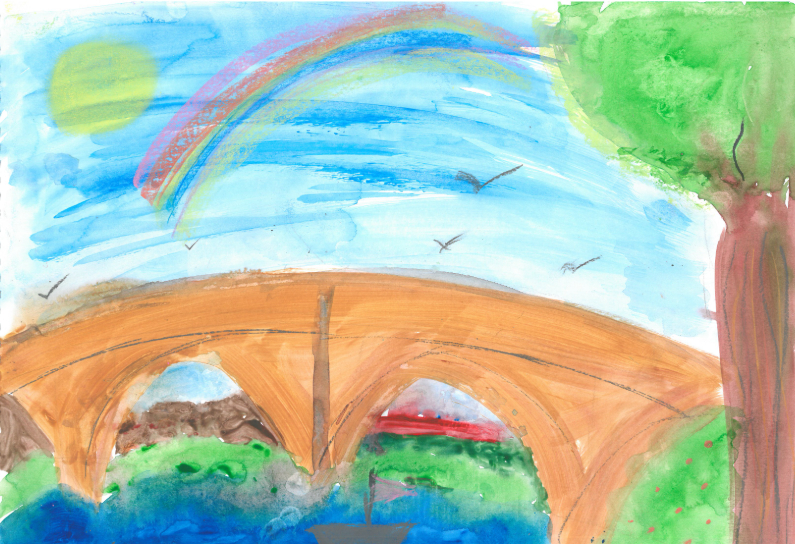
- On the European Stage: Preserving by Maintaining conference, Bratislava

- The Abolition Movement in Stirling
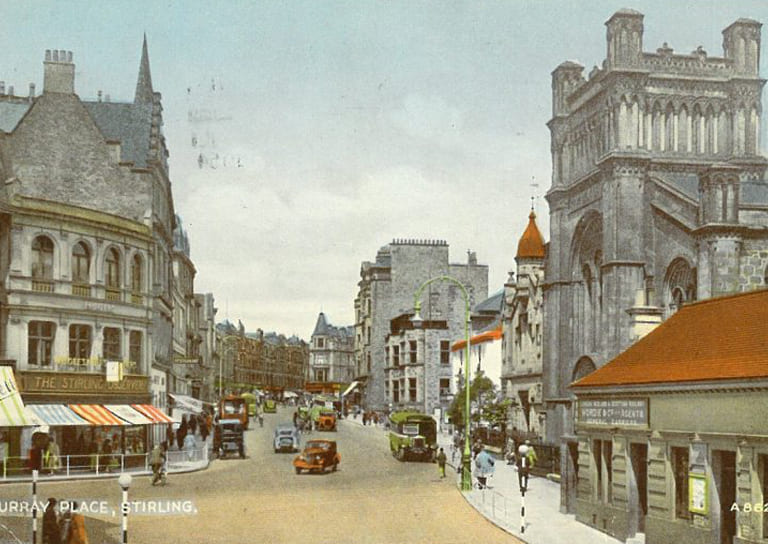
- Practical Workshop on Retrofitting Insulation with A. Proctor Group

- Walker Family Visit

- Ghost Tales from Stirling

- Snowdon House and The West Indies

- Stirling’s Streetscape Stories: Photography Workshop
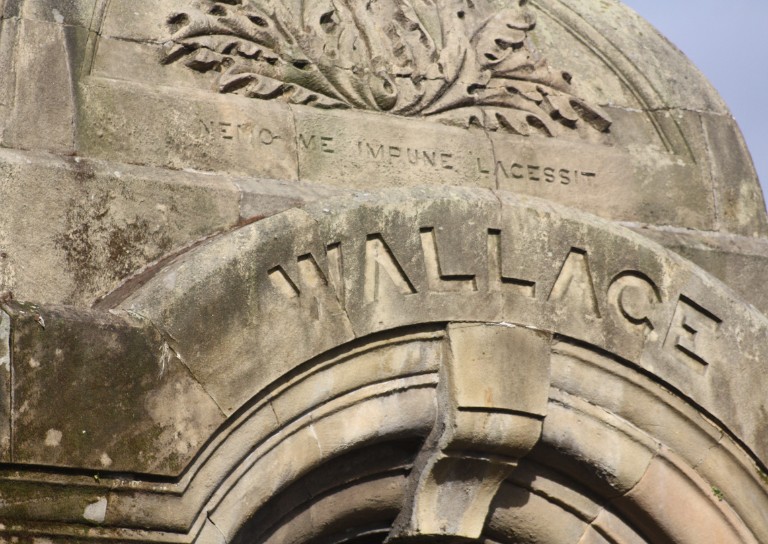
- Stirlingshire’s Highland Games
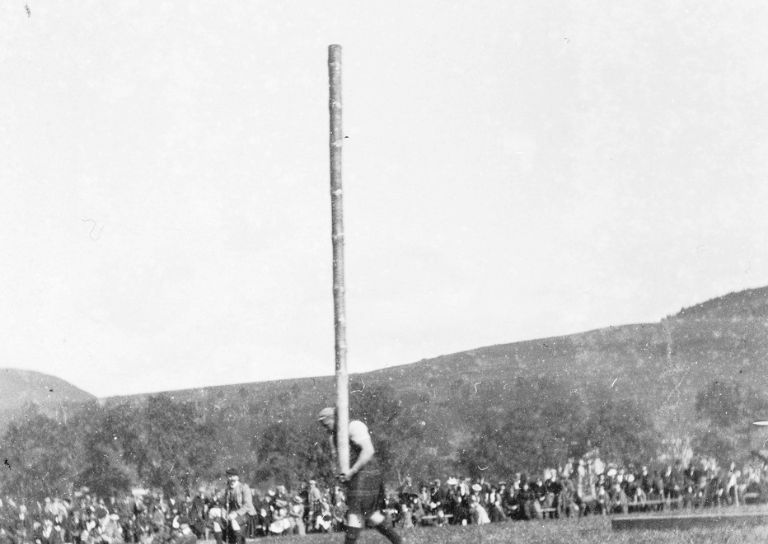
- Creative careers in the heritage sector

- Postcards From Stirling
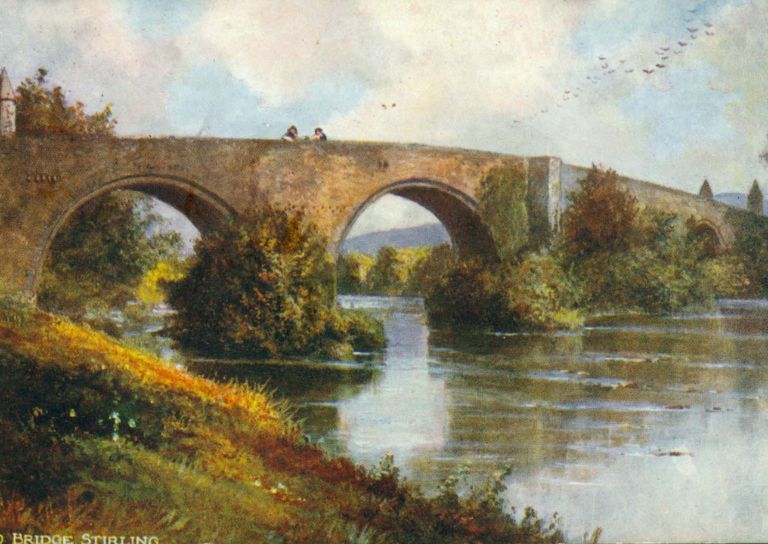
- Stirling’s Gala Days

- Building Surveying Student Intern at Stirling City Heritage Trust
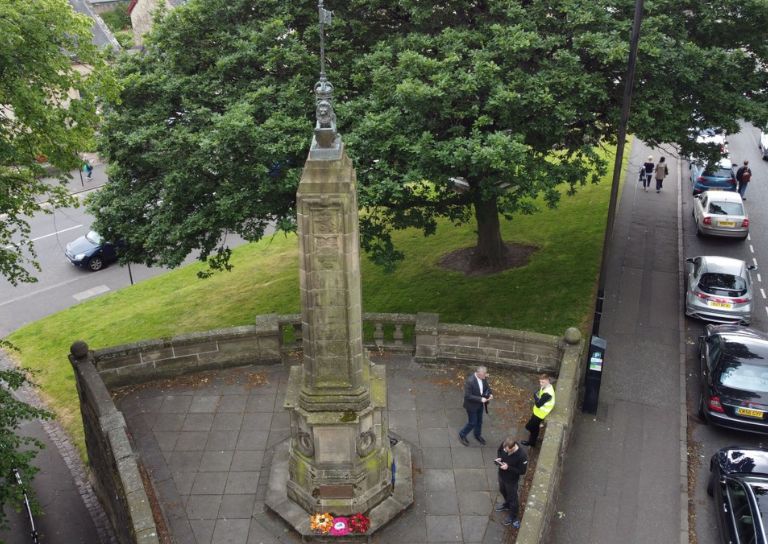
- Heritage Trail: Stirling Walks
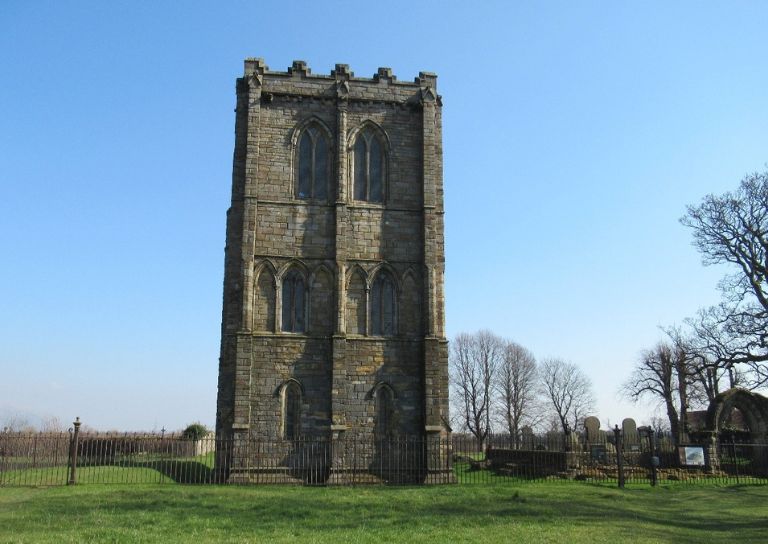
- Local History Resources

- Stirling Through the Decades
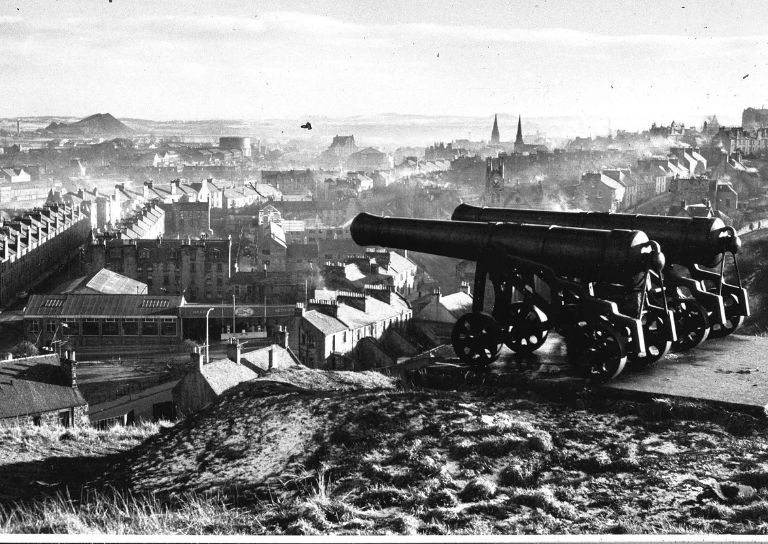
- Stirling’s STEM Pioneers

- Traditional Skills: Signwriting

- Christian MacLagan, a pioneering lady, but born too soon?

- Traditional Shopfronts in Stirling
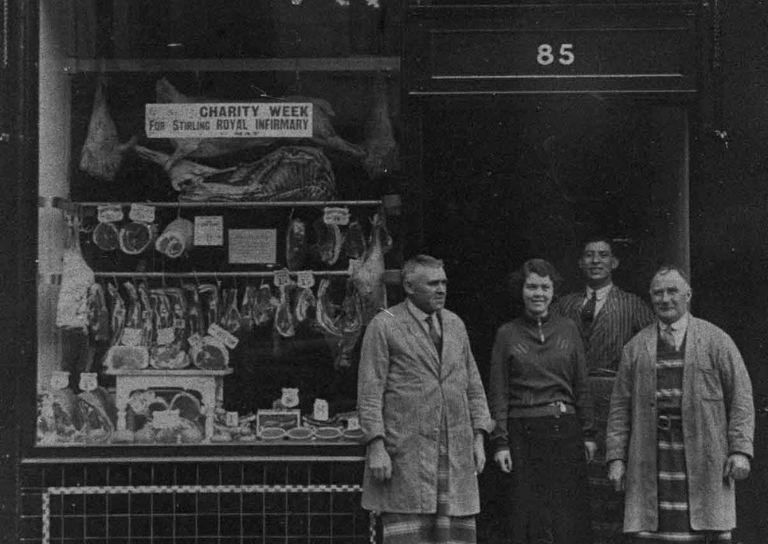
- Stirling History Books for World Book Day
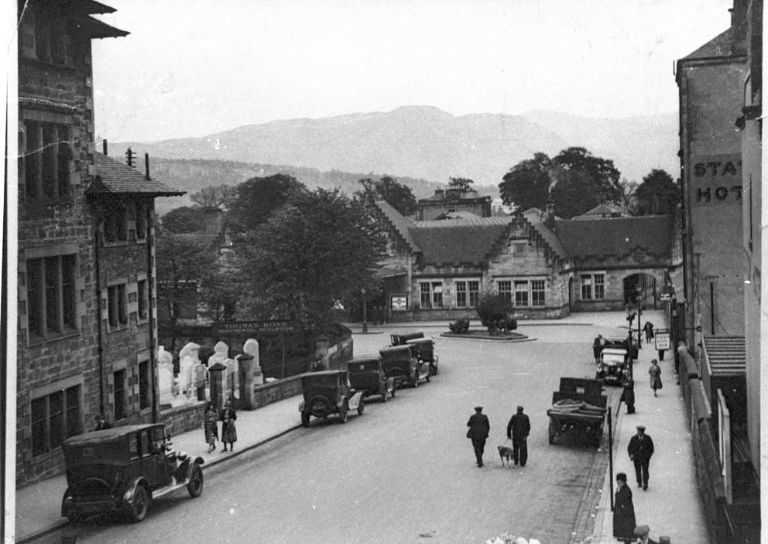
- My Favourite John Allan Building by Joe Hall

- My Favourite John Allan Building by Lindsay Lennie

- My Favourite John Allan Building by Andy McEwan

- My Favourite John Allan Building by Pam McNicol

- Celebrating John Allan: A Man of Original Ideas

- The Tale of the Stirling Wolf
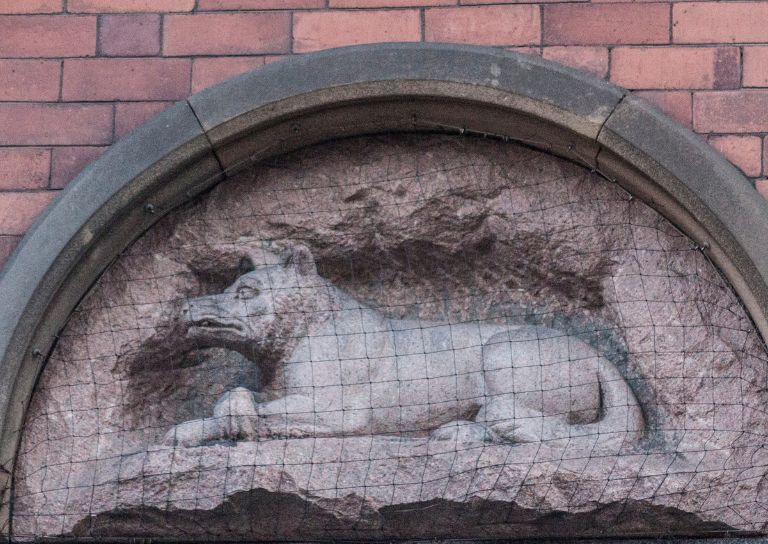
- Stirling: city of culture

- Christmases Past in Stirling

- Stirling’s Historic Graveyards

- Top 10 Tips for Architectural Photography

- An Interview with David Galletly
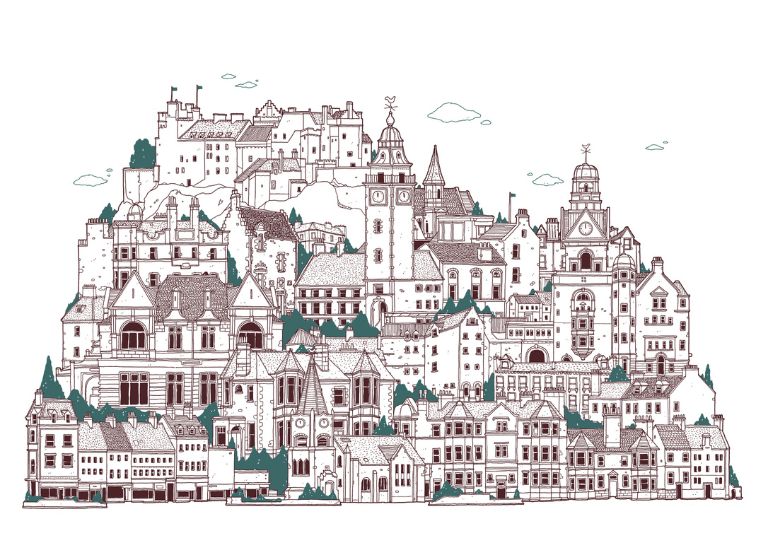
- Springtime in Stirling
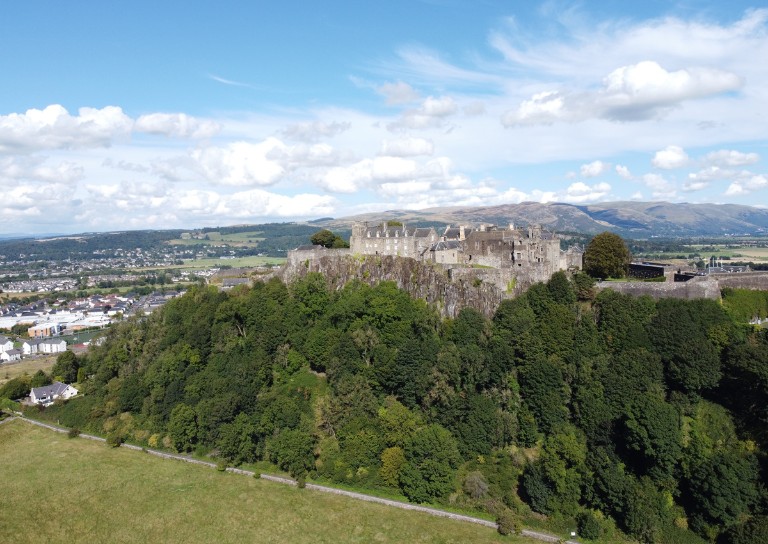
- The Kings Knot – a history

- A Future in Traditional Skills

- Robert Burns’ First Trip to Stirling

- Stirling’s Witches
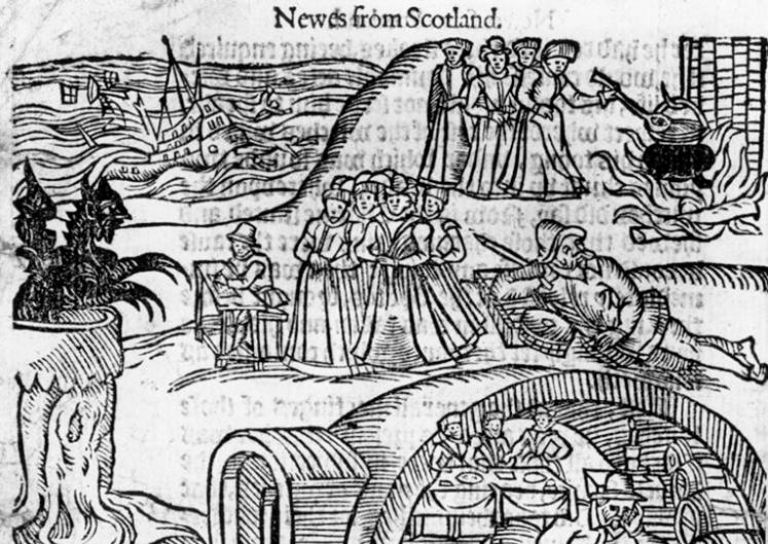
- Stirling’s Ancient Wells
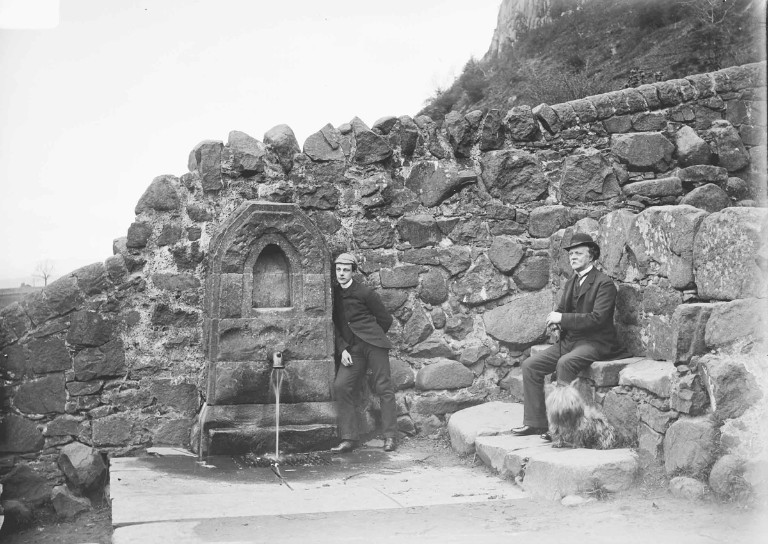
- An architecture student’s take on the City Of Stirling

- Ronald Walker: Stirling’s Architect

- Stirling’s Statues

- Stirling’s Wee Bungalow Shops
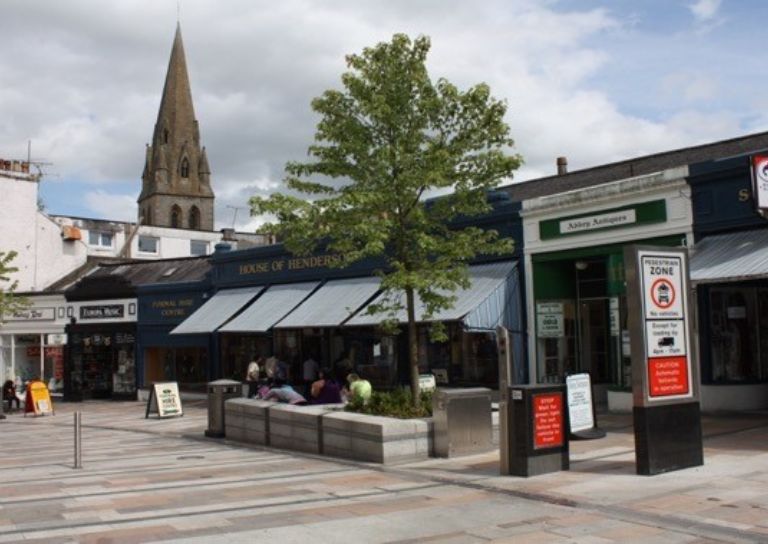
- Stirling’s Historic Hospitals
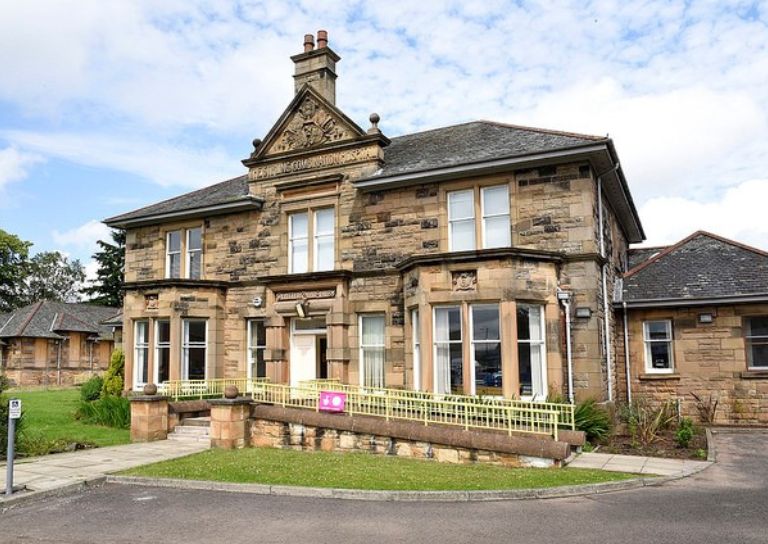
- Women in Digital Innovation and Construction
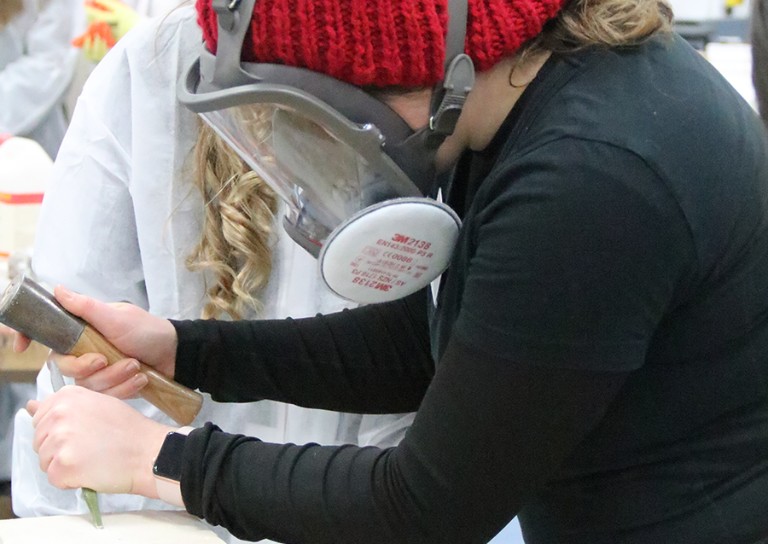
- Heritage at home: 8 of the best online heritage resources

- Stirling featured at virtual heritage conference

- Five of Stirling’s greatest John Allan buildings
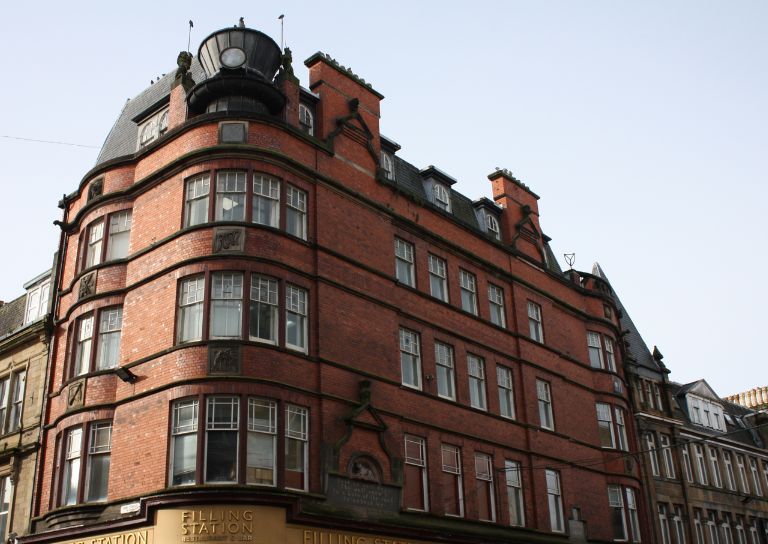
- Women in Construction – Stirling event report

- Scotland’s trailblazing women architects

- Stirling’s Heritage: Spotlight on The Granary
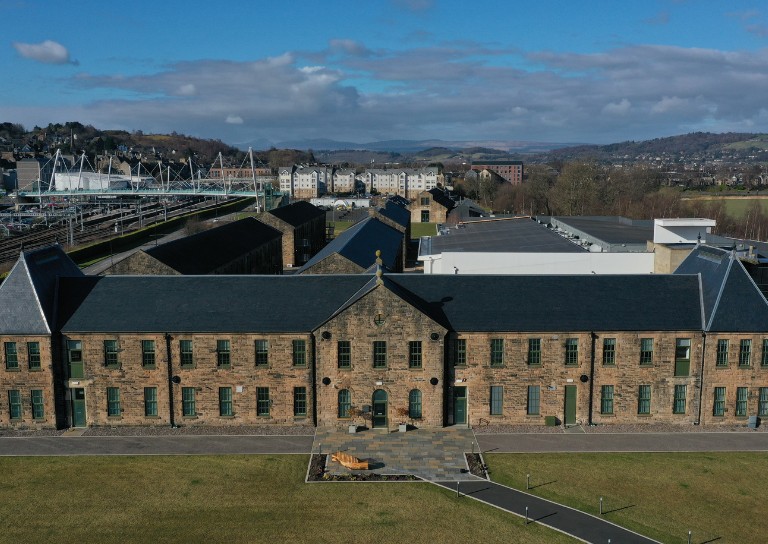
- TBHC Scheme now open to properties in Dunblane and Blairlogie

- How drones help us inspect traditional buildings

- Hazardous Masonry & Masonry Falls
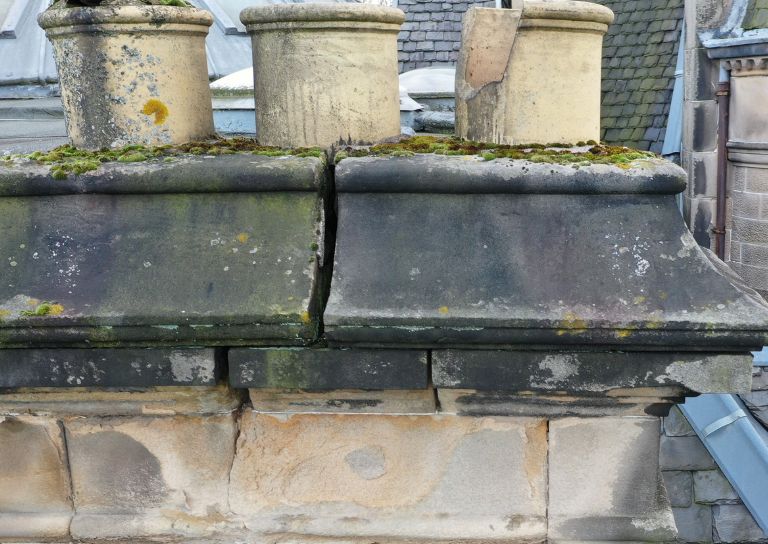
- Mason Bees: What’s the Buzz?

- Stirling Traditional Skills Demonstration Day Success!

- Floating Head Sculpture at Garden Glasgow Festival 1988
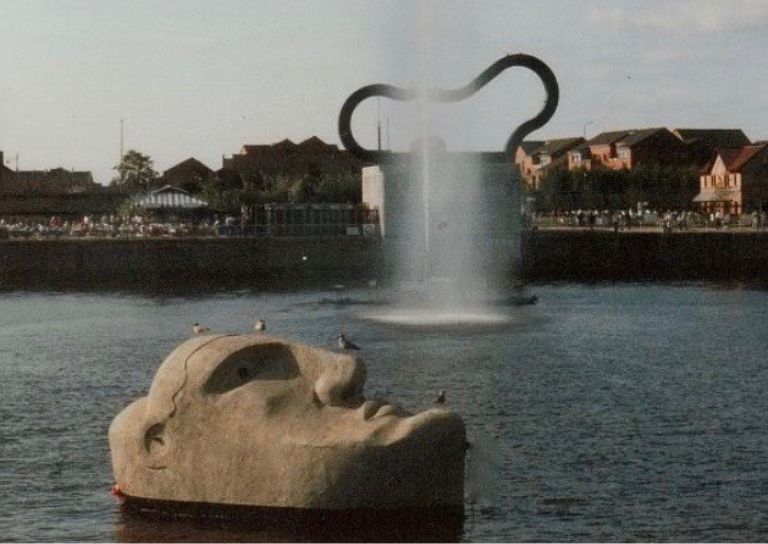
- The story behind Paisley Abbey’s Alien gargoyle
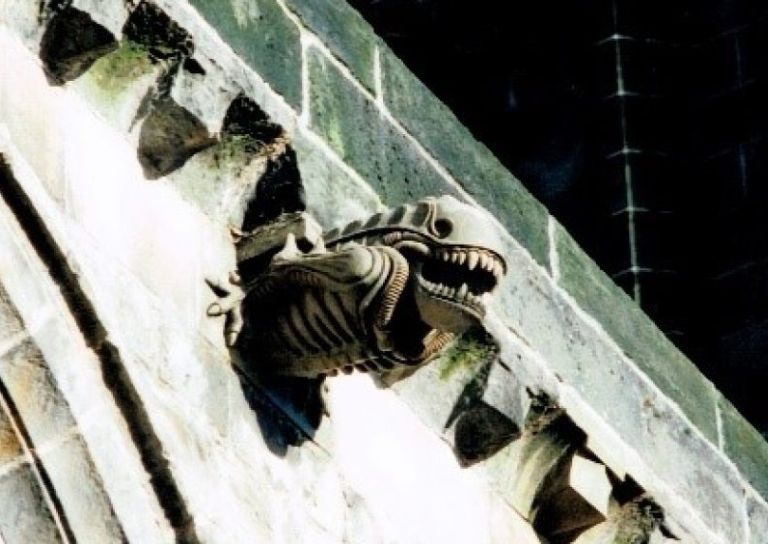
- Cambuskenneth Abbey

- Stirling City Heritage Trust Publications

- Sharing Memories: Taking '20 Great Buildings of Stirling' into the community
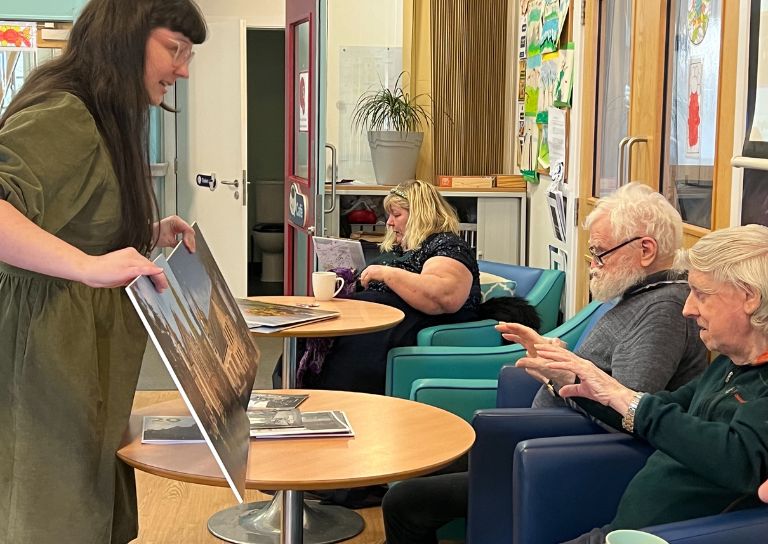
- William Wallace Statues In Stirling

- Coronations and Royal Christenings in Stirling
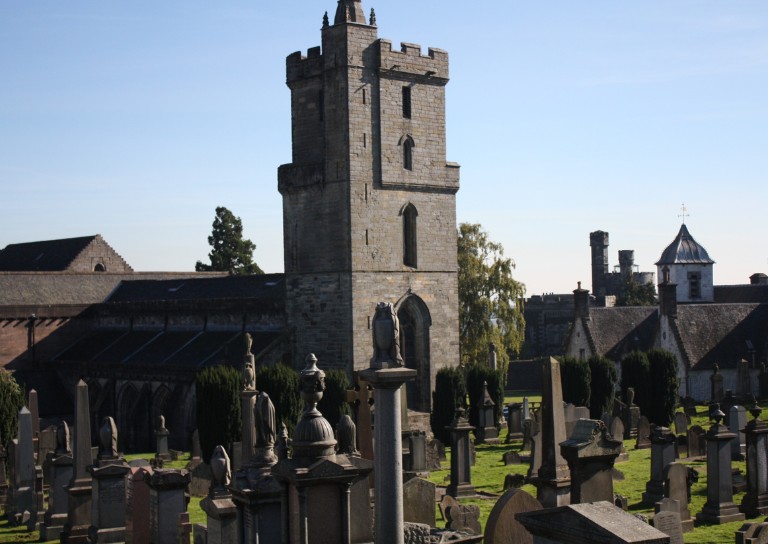
- The development of King's Park

- Energy efficiency project awarded grant from Shared Prosperity Fund
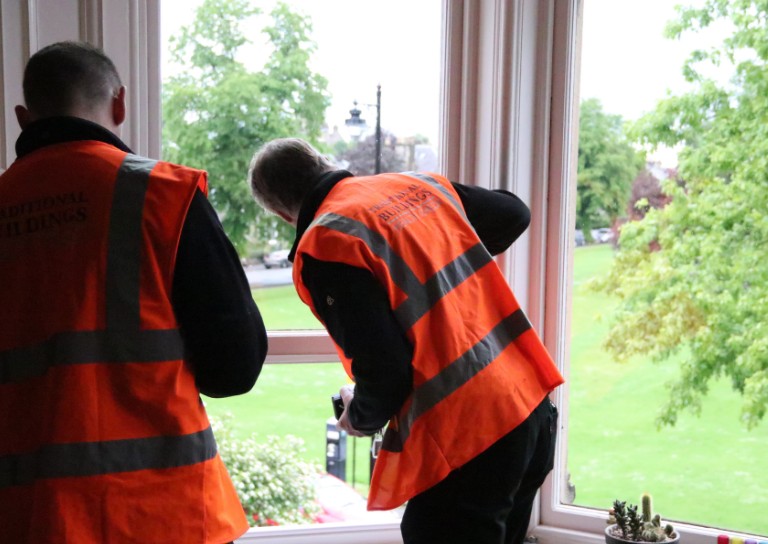
- Inspiring the Future: Stirling City Heritage Trust's Women in Construction Event at Wallace High
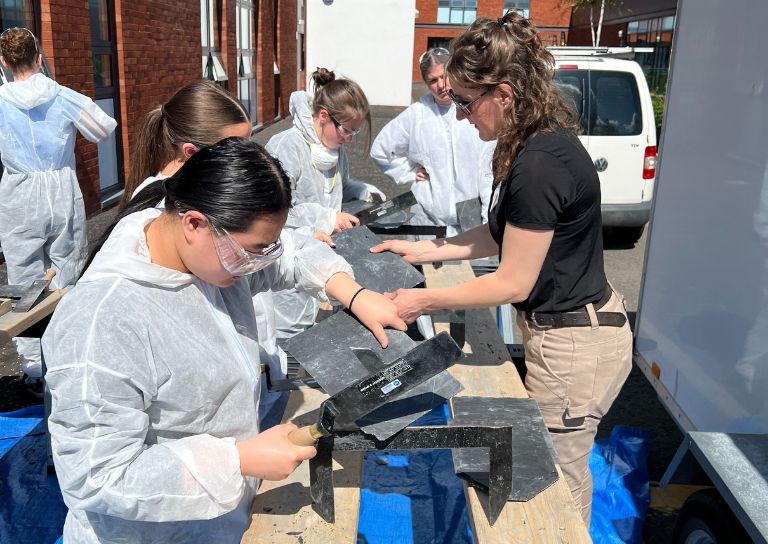
- Doors Open Days Talk: Who Built Stirling?
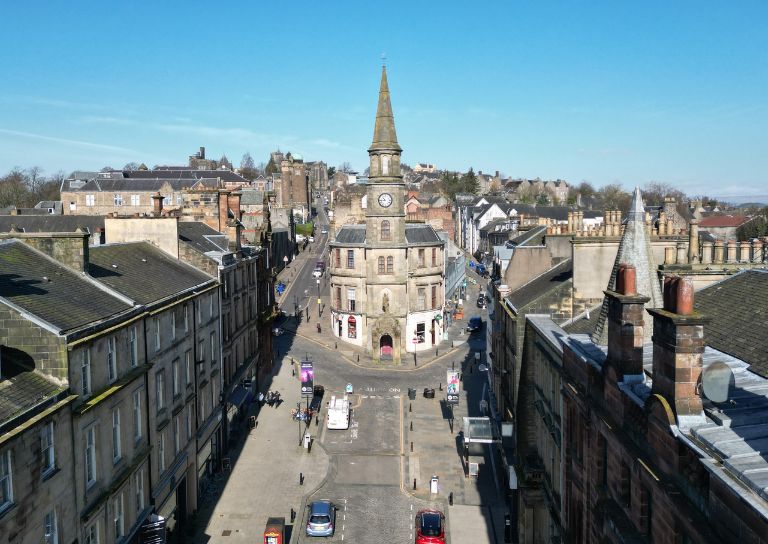
- 10 Years of the Traditional Buildings Health Check
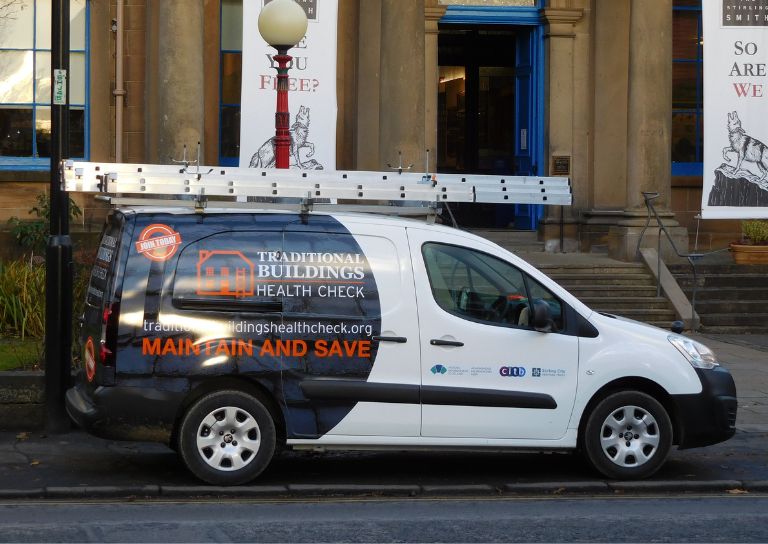
- Growing up in Stirling: A Night of Reminiscence at The Smith

- SCHT visit to Brucefield Estate, Forestmill, Clackmannanshire
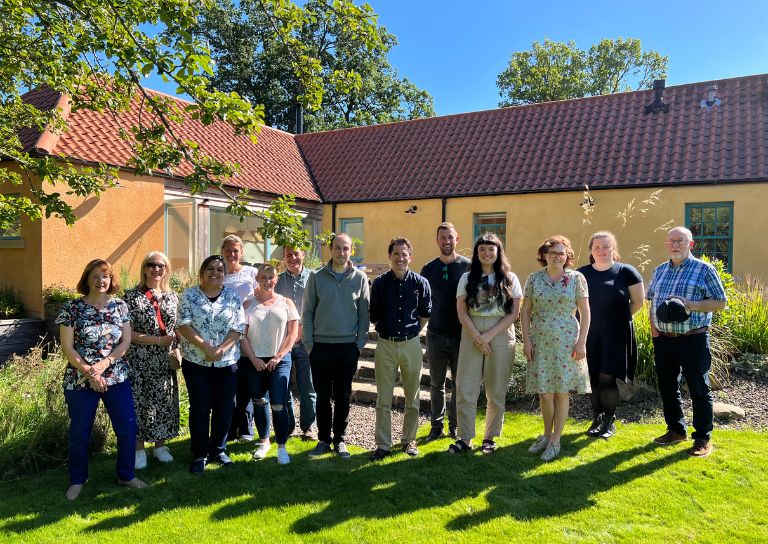
- Statement on Christie Clock

- Stirling’s Lost Skating Heritage
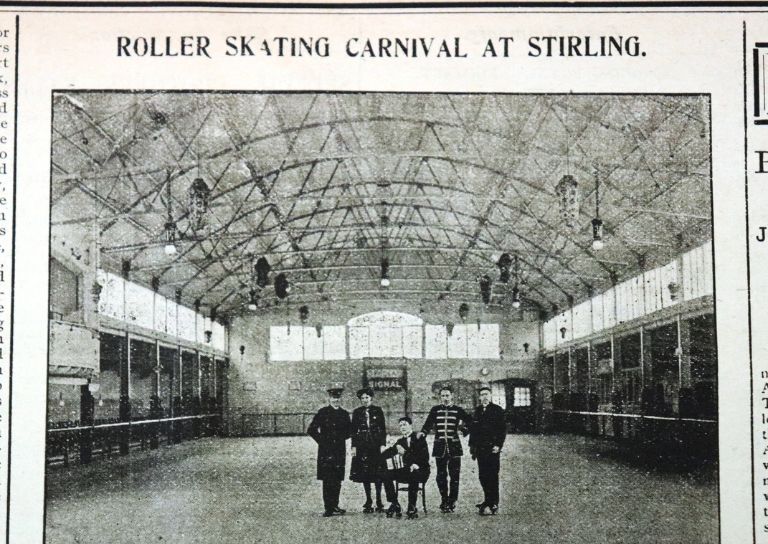
- Laurelhill House and the West Indies

- Beechwood House and the Transatlantic Slave Trade
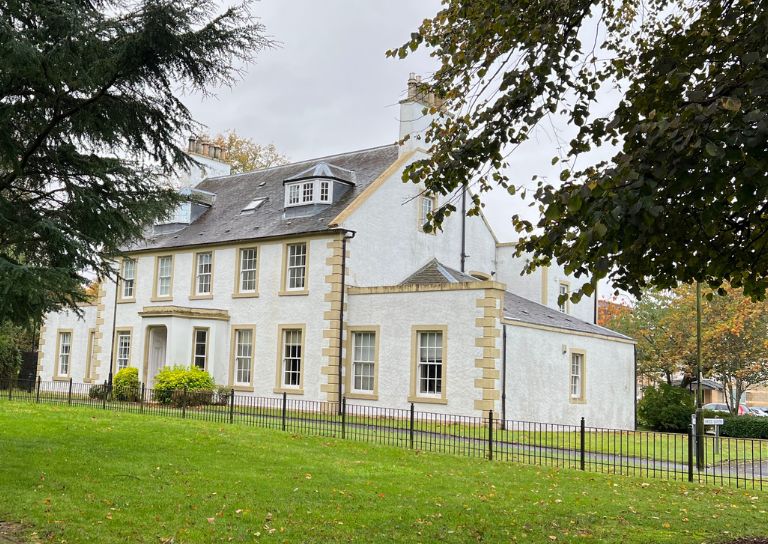
- Retrofitting Traditional Buildings
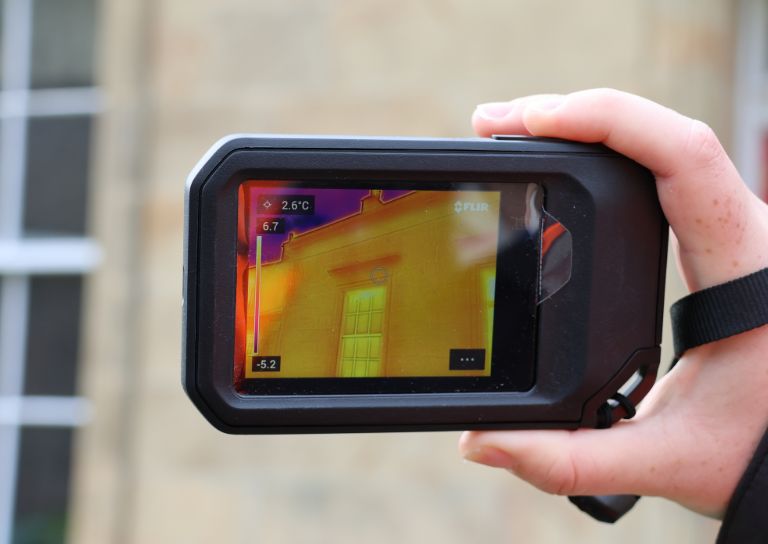
- Building Resilience: Maintaining Traditional Buildings
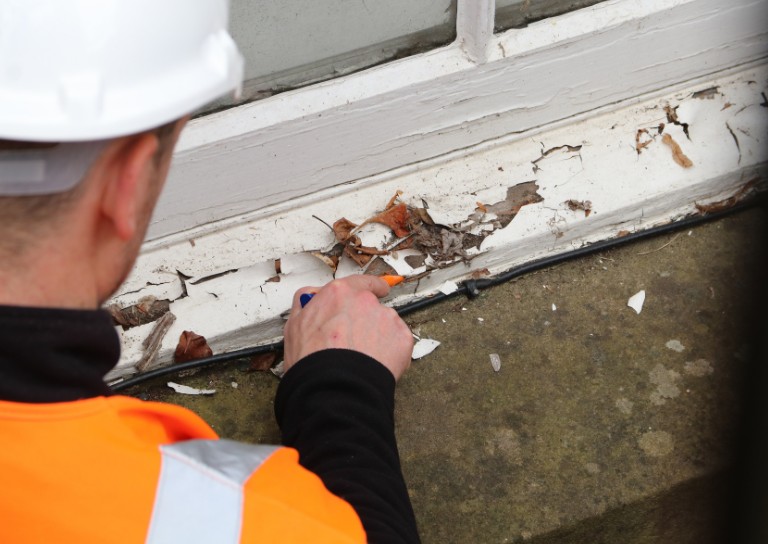
- Shopping Arcades

- Retrofitting Traditional Buildings: Fabric First
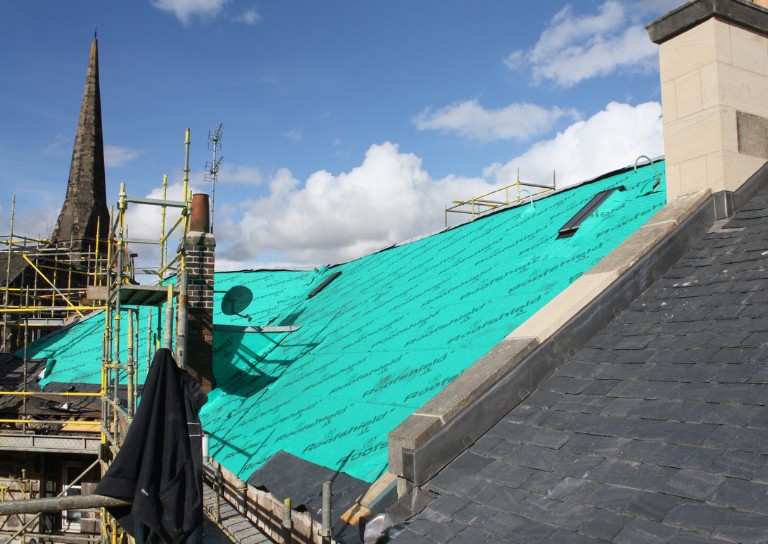
- Stirling Reminiscence Box

- Level 3 Award in Energy Efficiency for Older and Traditional Buildings Retrofit Course (2 Day)

- New Retrofit Service now available for Traditional Buildings Health Check Members

- Retrofitting Traditional Buildings: Windows
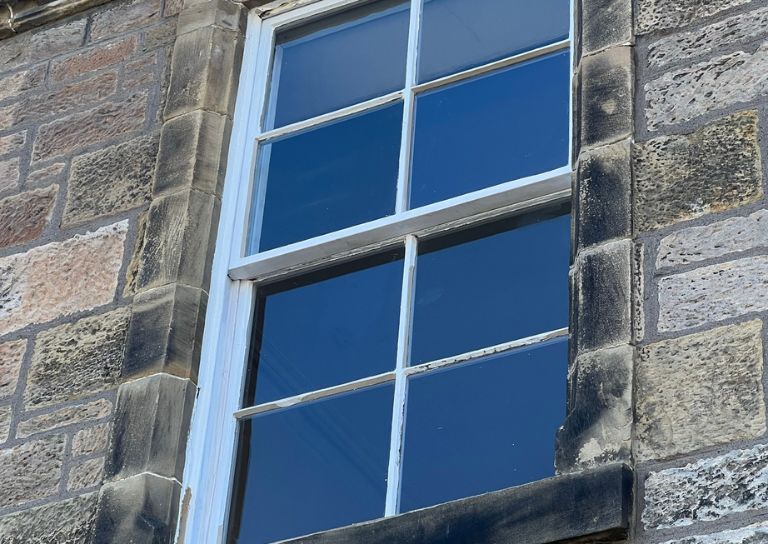
- Architects and The Thistle Property Trust

- Retrofitting Traditional Buildings: Insulation

- Stirling City Heritage Trust at 20

- Miss Curror and the Thistle Property Trust

- Retrofitting Traditional Buildings: Chimneys
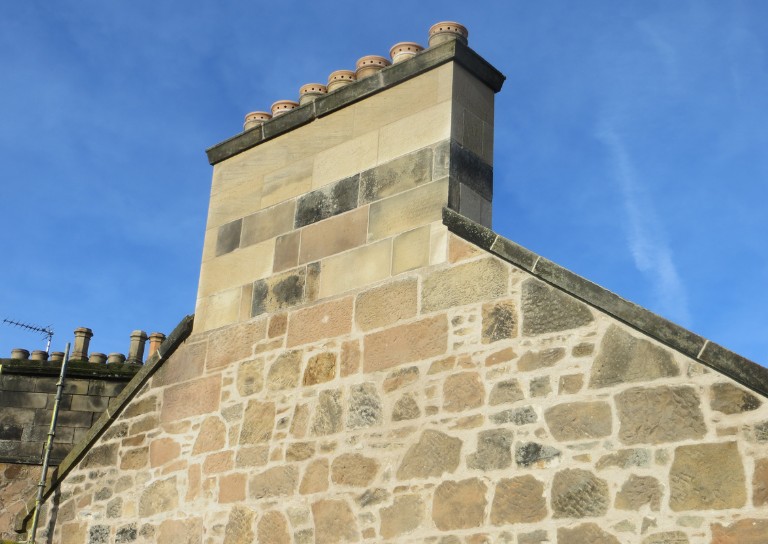
- Statement on Langgarth House

- World Heritage Day: Exploring Hayford Mill

- Retrofitting Traditional Buildings: Climatic Adaptation
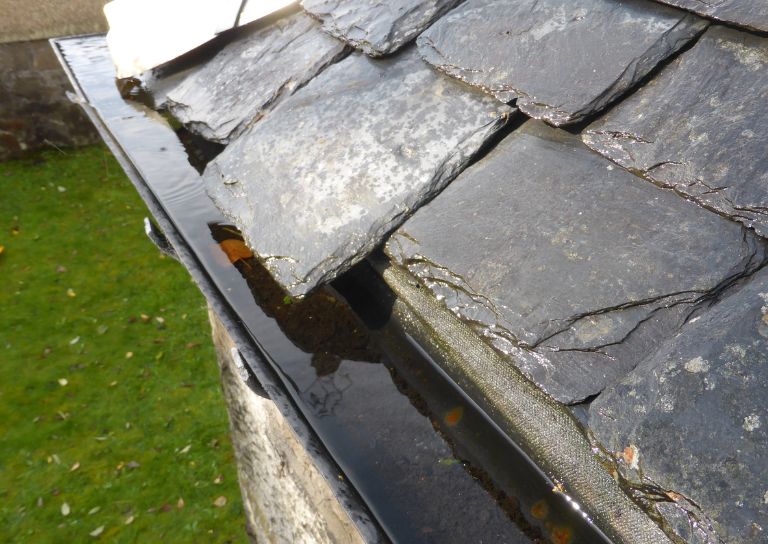
- SCHT 20: Championing Women in Construction

- Guest Blog: Dementia Friendly Heritage Interpretation

- Community Consultation launched for Stirling’s Heritage Strategy

- Stirling's Lost Swimming Pools
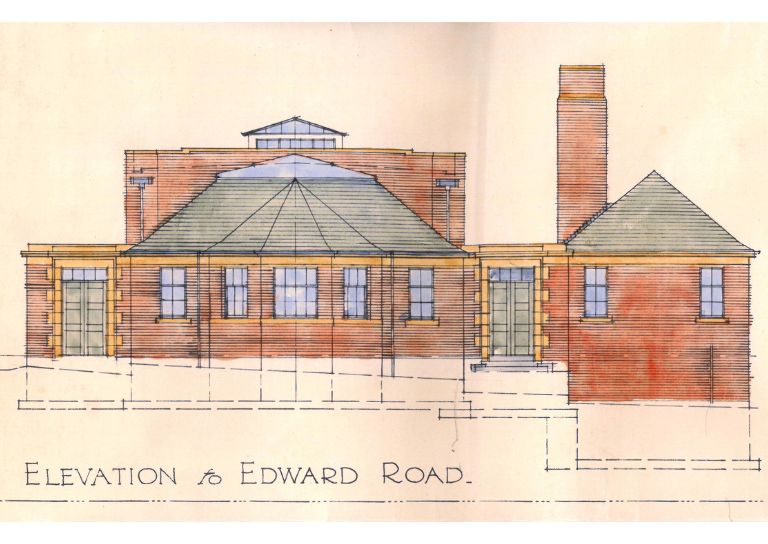
- SCHT Grant Conditions: Owners Associations
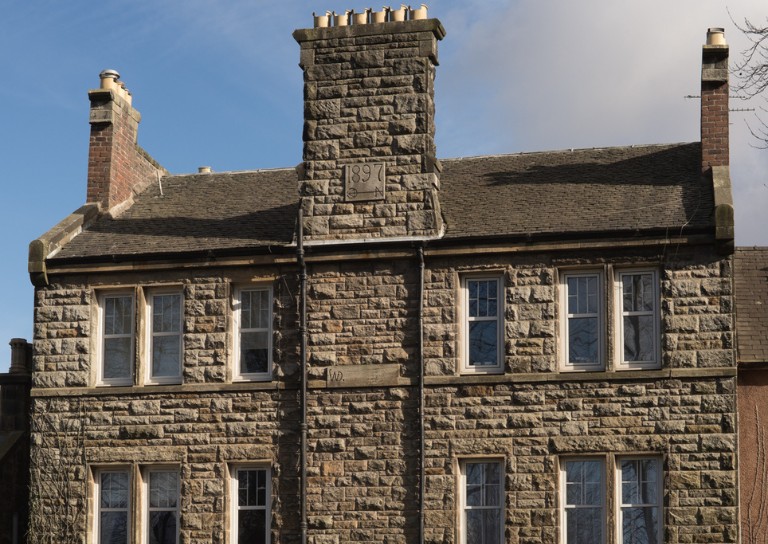
- Kings, Wolves and Drones: 20 years of care and repair at Stirling City Heritage Trust

- SVE Inspire Awards September 2024

- Women in Construction at Bannockburn House
- About Us

- Support Us
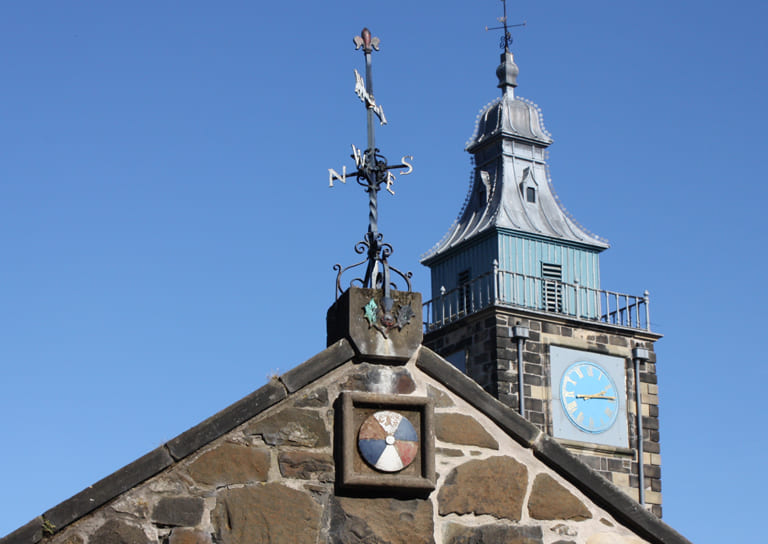
- Contact
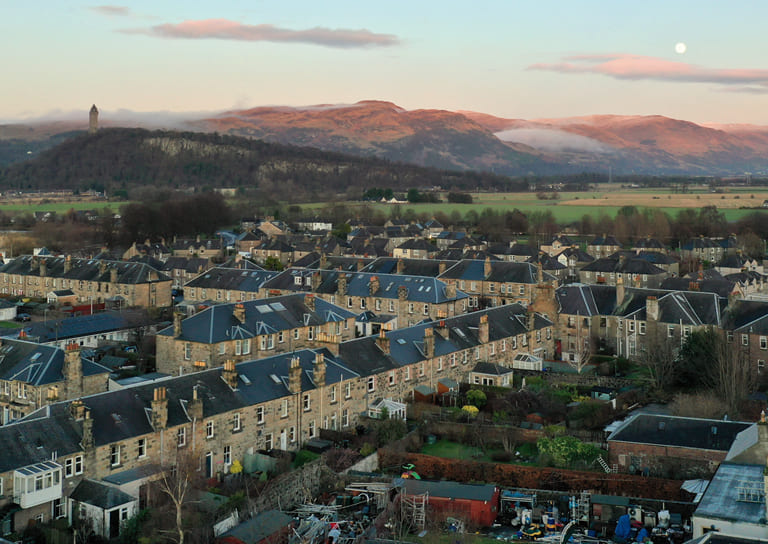
Designed by Stirling architect William Simpson (senior) and opened in 1833, the Albert Halls were built by public subscription as the growing population of Stirling wanted a large concert hall.
Until the Albert Halls were built, the people of Stirling had been using The Smith Institute’s (now known as The Stirling Smith Art Gallery & Museum) main gallery as a concert hall, but the growing population of the town required a larger space and the curator was keen to protect the art on the walls from harm.
The Albert Halls were originally called the New Public Halls and they were built and paid for by the residents of Stirling, allowing the people of Stirlingshire to enjoy larger scale lectures, concerts, and performances. The Halls opened on 5th October 1883, with the Stirling Choral Society putting on a performance of Handel’s ‘The Messiah’. This was followed a few weeks later by a lecture from Oscar Wilde.
Not everyone was happy with the new venue though, with one local resident writing to the Stirling Observer to complain that the ‘large placards, six feet in length, with life-size comical figures thereon, were placed against the railings in front and at the side of these halls, attracting crowds of people to look at them when the churches were going in and during the day, thereby destroying the respectability and amenity of the whole neighbourhood’.
Today you can still attend cultural events at the Albert Halls and enjoy the space in the same way that the people of Stirling did 140 years ago.



